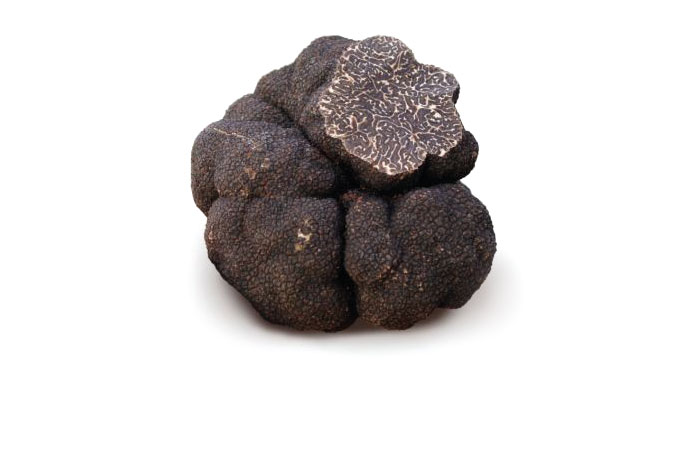The Truffle
Even though the botanical science sees very few differences between white and black truffle, this does not apply to the culinary science. First of all, the black truffle is used at large portions in cooking and as a main ingredient of many products. On the contrary, the white truffle is use raw at minimum portions, more like a kind of herb.
Truffles mainly consist of water and minerals. Truffles absorb those elements from the soil and through the tree with which they have a symbiotic relationship. The characteristics of truffles, such as color, flavour and aroma, are determined by the type of that tree.
For instance, truffles growing near oak trees have a more intense aroma whereas those that grow near linden have a lighter color and a sweeter aroma. Also, their shape depends on the kind of soil they are found on. Truffles that grow in friable soils are smooth whereas those growing in solid soils are knobby due of the effort needed in finding enough space to grow.
If you are a truffle enthusiast, the advantages for your health can be numerous. Truffles are a great source of proteins and carbohydrates. Their fat content is low containing only 2 to 8% of fat which is mainly raw fat, lipids and compounds. Finally, they contain zero cholesterol which could help in lowering the overall cholesterol levels in the body.
There are 50 known species of truffle belonging to the genus Tuber. Not all of these fungi are edible, though. Only some of them are of gastronomic and economic value.






